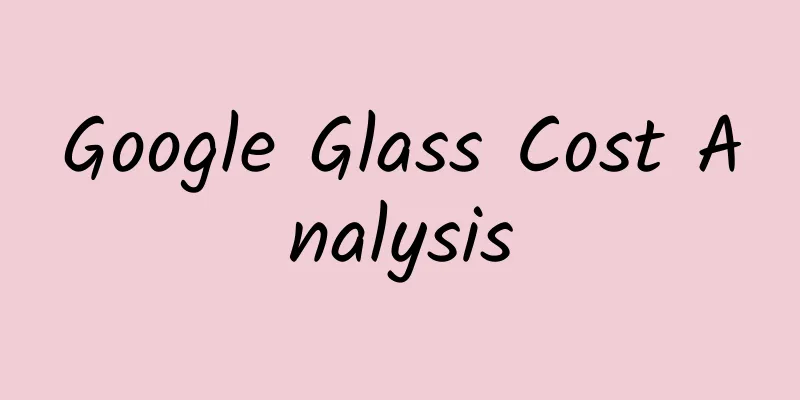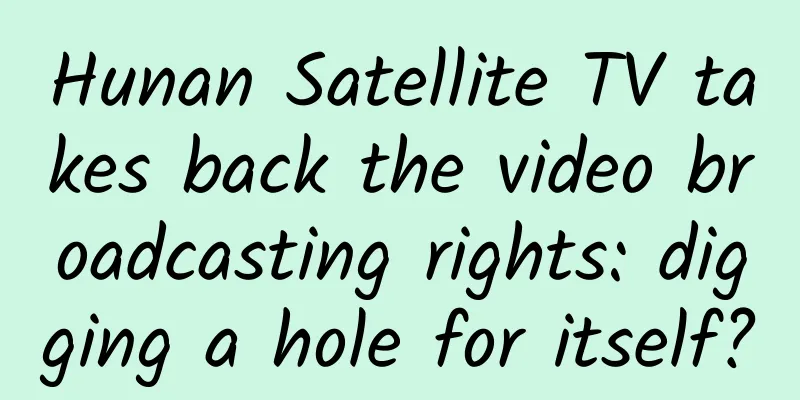Google Glass Cost Analysis

|
Google Glass is about to be released, and the price of $1,500 is more expensive than many big-name mobile phones. Why is it so expensive, and what is its practical application value? In fact, the pricing of Google Glass is more of a business strategy and has little to do with the actual cost. In the future, it can be applied to industries such as medical, automotive, sports, and education. Regarding the pricing of Google Glass, three aspects should be considered: hardware cost, software development cost, and product positioning. The development of the optical module is the most expensive. From the Google Glass we got, its actual cost is not very high, about $200-300. The price of Google Glass is $1,500. In my opinion, it is a business strategy of Google to set a certain price range to screen users. But as the production capacity of Google Glass increases, this price may one day drop to $500 or even lower. If I want to say where the cost of Google Glass is the highest, I think it is the prism imaging part, that is, the optical module. I have analyzed with many industry colleagues that Google Glass is the most extreme case of optical modules and imaging effects within a limited cost so far. To say the extreme degree, it is nothing more than the visual interface is of appropriate size and high clarity. If we calculate it by R&D investment cost, I think this part can account for about 1/3. So far, Google Glass has released the first and second generations. The first generation is more like a laboratory product, and many details are rough, such as the interface and the corners of the glasses frame will peel off. But the second generation has improved in overall manufacturing technology, and the battery life is longer. In terms of software development, since the product design of Google Glass has been changing, such as the replacement of interfaces, ROM is released every month, which means that the product functions developed last month will be torn down and started again this month. And this phenomenon was prominent last year and has stabilized a lot this year. This is the biggest cost for application developers. So how big is the application prospect of Google Glass? Can it bring practical value to users? It can be applied to medical, automotive, sports, education and other industries. Judging from the development trend of Google Glass this year, Google Glass is getting closer to Android 4.4. You should have seen the news that in Android 4.4, photos can be arranged in a photo combination, which is easier to scroll through. The Google Hangouts application now also allows comments on photos, simplifies reply operations, and even puts the most commonly used options on top through voice commands. This is the biggest difference. The outside world has always misunderstood Google Glass, thinking that Google Glass will be a substitute for smartphones, but from the perspective of human-computer interaction experience, developers have demonstrated that this is unlikely. Google Glass is not suitable for immersive product design, but for instant information reception. For example, checking emails, sharing photos or short videos, voice commands to control a hardware product, etc. This allows developers to have a trend in understanding Google Glass interaction, product positioning, and investment areas, and they will think about what functions Google Glass can do and how much information can be loaded. I personally think that the most suitable areas for Google Glass are the medical, automotive, sports, and education industries, and it will present a rich range of usage scenarios in the future. As a winner of Toutiao's Qingyun Plan and Baijiahao's Bai+ Plan, the 2019 Baidu Digital Author of the Year, the Baijiahao's Most Popular Author in the Technology Field, the 2019 Sogou Technology and Culture Author, and the 2021 Baijiahao Quarterly Influential Creator, he has won many awards, including the 2013 Sohu Best Industry Media Person, the 2015 China New Media Entrepreneurship Competition Beijing Third Place, the 2015 Guangmang Experience Award, the 2015 China New Media Entrepreneurship Competition Finals Third Place, and the 2018 Baidu Dynamic Annual Powerful Celebrity. |
>>: Redmi Note vs Honor Play Edition
Recommend
The World Health Organization says walking is the best exercise? It depends on how you walk
gossip We often hear this statement: WHO says wal...
Have you ever thought of a possibility that your bites are not caused by mosquitoes?
Mosquitoes in the summer are so annoying! They bu...
The fierce competition in 2016 has ended. What more severe challenges will the mobile phone industry face next year?
The "balance" of 2016 is running out. I...
Don’t blame the phone! It turns out the reason why PCs are not selling well is the same as TVs
When talking about sunset industries in the techn...
Cry first! Staying up late not only hurts your body, but also makes you stupid, ugly and fat
Whenever it’s late at night, there are always som...
Process and specification are just a guarantee tool, not a methodology.
Start with a purpose and clarify the meaning Ther...
Are Chinese characters so magical that they do not affect reading even if they are read upside down?
This article was reviewed by Dr. Tao Ning, Associ...
Sogou Maps Intelligent Co-pilot Launches New Direction for AI
Artificial intelligence is undoubtedly one of the...
2015: Will smartphones enter the borderless era?
CES2015 (International Consumer Electronics Show)...
Hackers found 55 security vulnerabilities in Apple's network, 11 of which were marked as "high risk"
A group of hackers spent months targeting Apple&#...
Why are some peaches soft and some hard? Are hard peaches unripe?
Mixed Knowledge Specially designed to cure confus...
Can you travel around the world with just a stretch of your hand? Palm recognition is more useful than face recognition!
□ Popular Science Times reporter Chen Jie Stretch...
Pushing differentiation to the extreme: OPPO N3 full experience with electric rotating lens
There are not many domestically produced smartpho...
APP promotion and operation: It’s easy to reach 1 million users within 1 year!
Introduction: Whether it is a large company or a ...









